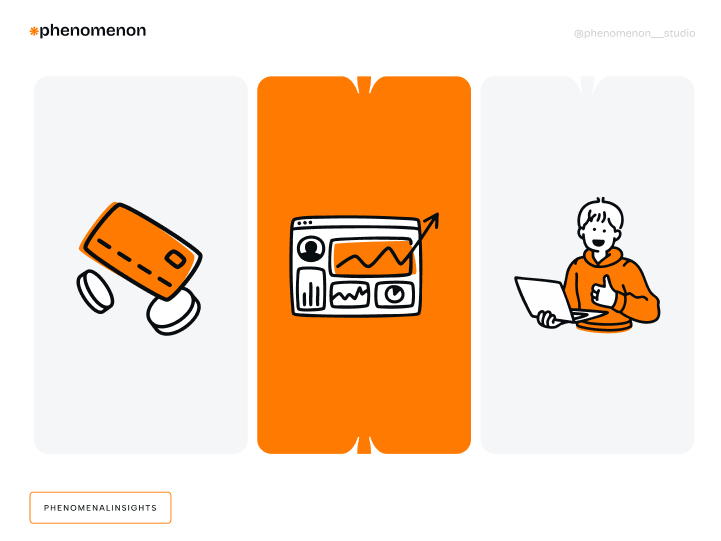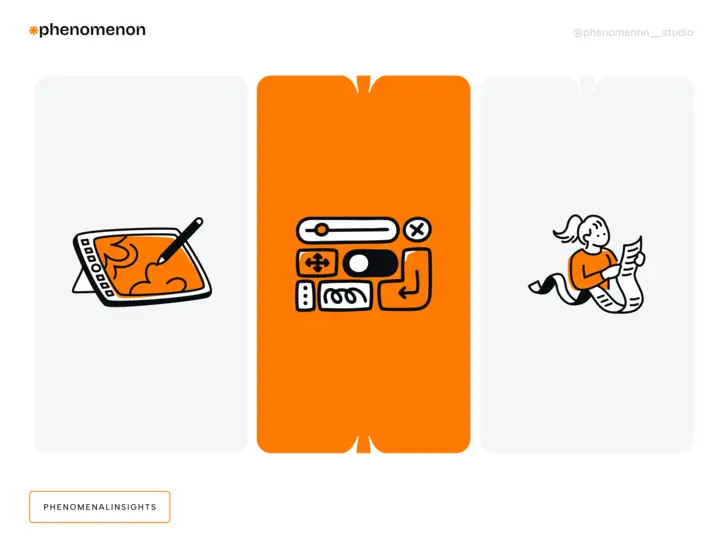Emerge into the world of full-stack development with our comprehensive guide. Explore the essential skills, educational pathways, and industry insights needed to become a successful full-stack developer.
Full-stack development has been a niche field for years, and its popularity continues to grow. A skilled full-stack developer is indispensable for complex projects, as their expertise can replace multiple front-end and back-end coders. They act as universal soldiers, adept at efficiently developing and maintaining solutions encompassing server-side and user-interface functionality. Keep reading to learn more about who a full-stack developer is, what skills are required to become one, and how much an experienced end-to-end developer will cost you.
The Anatomy of Full-Stack Developer
Who is a full-stack developer, exactly? This expert possesses the background and skill set necessary to create end-to-end solutions in software development. Both front-end and back-end proficiency are required to ensure the developer can work on all software layers. And that’s not the end of it. Databases are the backbone of full-stack applications, storing and managing data efficiently. Developers must understand different database types, including SQL and NoSQL, and be proficient in database management systems like MySQL, MongoDB, or PostgreSQL. And let’s not forget about DevOps. As a full-stack developer, you’ll deploy front and back-end components, which is almost impossible without DevOps components like continuous integration and continuous deployment pipelines. Now, let’s talk about building the user interface and the server-side functionality in greater detail.
Front-end development is just a small fraction of the entire development process. It focuses on crafting an excellent user interface and a smooth, uninterrupted experience. Developers utilize HTML for structure, CSS for styling, and JavaScript for interactivity. Frameworks like React, Angular, or Vue.js streamline development, and attention to UI/UX principles ensures appealing and intuitive navigation.
Back-end development powers an application’s server-side functionalities. It involves managing databases, processing requests, and generating responses. Developers use languages like Node.js, Python, or Ruby, alongside frameworks like Express.js, Django, or Flask, to build robust server-side components. Understanding databases, APIs, and server management is crucial for effective back-end development.
Testing is a big part of a full-stack developer’s expertise. It is imperative to validate the functionality and performance of full-stack applications. Developers employ testing techniques, including unit, integration, and end-to-end testing, using tools like Jest, Mocha, and Selenium. Timely debugging across front-end and back-end environments ensures quick issue resolution.
Now, project management expertise is rarely considered. Popular methodologies like Scrum and Agile promote iterative development. Developers need to have at least a basic understanding of how project management tools work. One of the most commonly used ones is Jira. While quite complex and confusing, it is perfect for software development teams working on big and complex projects.
As a full-stack developer, you can choose from various stacks. While there are far more than three, these are some of the most common ones:
1. LAMP Stack (Linux + Apache + MySQL + PHP): Widely embraced for web service stacks, this model remains a prevalent choice.
2. MERN Stack (MongoDB + Express + React + Node.js): This stack, comprising JavaScript-based technologies, is a favorite option for web application development.
3. MEAN Stack (MongoDB + Express + Angular.js + Node.js): Noteworthy for its rising popularity, the MEAN stack offers a comprehensive set of tools, particularly for modern web development projects.
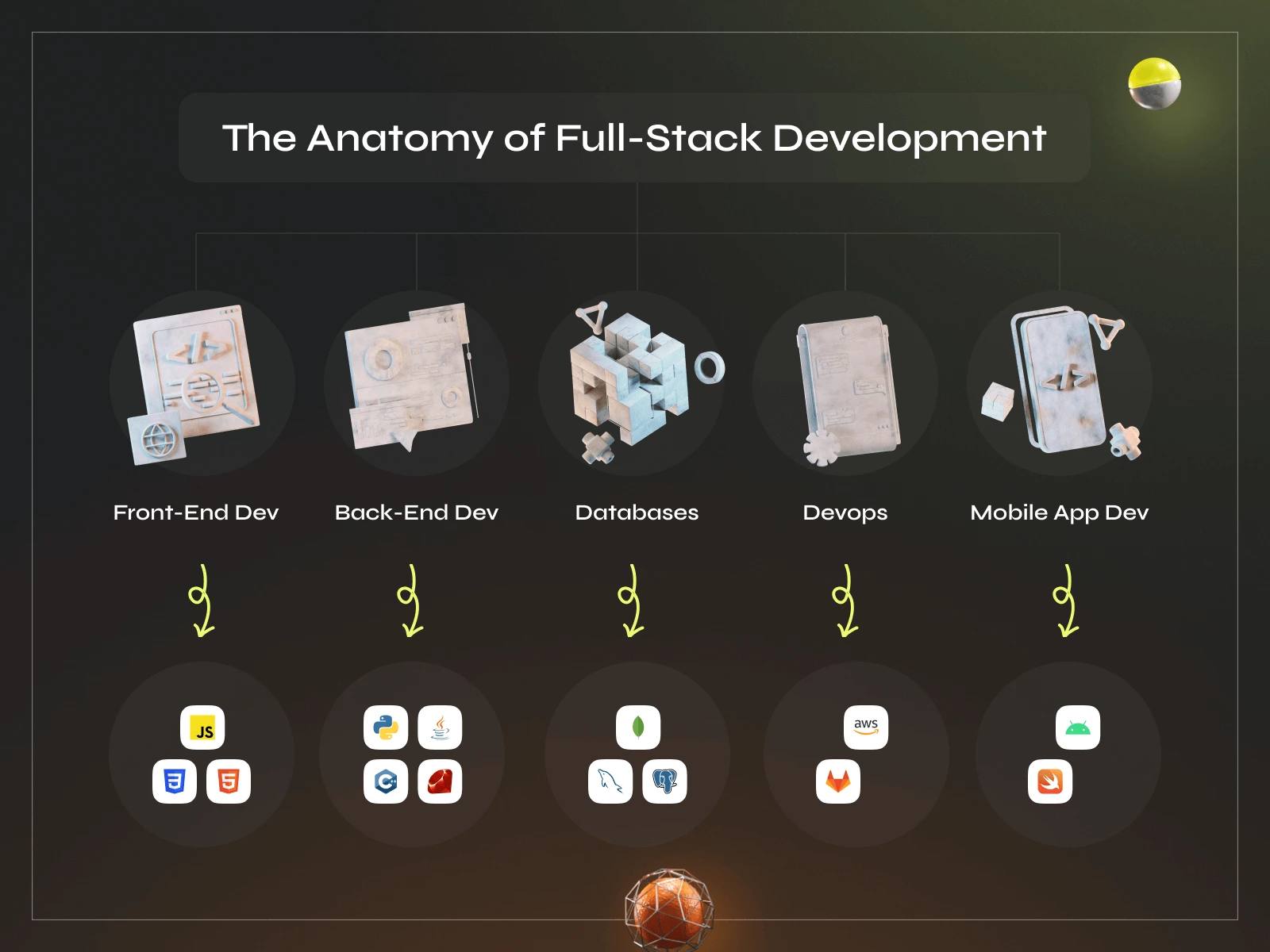
Read also: Navigating the Benefits and Risks of Outsourcing App Development for App Owners
Front-End Essentials
1. User Interface (UI) Design: Full-stack developers’ responsibilities involve creating the visual elements of a website or web application. These include designing layouts, selecting color schemes, and ensuring a user-friendly experience.
2. HTML/CSS/JavaScript: Proficiency in these core technologies is crucial for full-stack development. HTML (HyperText Markup Language) provides the structure of web pages, CSS (Cascading Style Sheets) dictates the presentation and styling, and JavaScript adds interactivity and dynamic behavior to web pages.
3. Frameworks and Libraries: Developers often work with frameworks and libraries to streamline development and enhance functionality. Popular frameworks like React.js, Angular, and Vue.js offer reusable components and efficient state management, while libraries like jQuery simplify DOM manipulation and event handling.
4. Responsive Design: With the proliferation of mobile devices, full-stack developers must ensure that websites and applications are responsive and adaptable to various screen sizes and resolutions. Responsive design principles, including flexible layouts and media queries, are essential for creating a seamless user experience across devices.
5. Accessibility: Full-stack developers should consider accessibility standards and guidelines to ensure websites and applications are usable by people with disabilities. This includes providing alternative text for images, using semantic HTML markup, and implementing keyboard navigation and focus management.
Back-End Essentials
1. Server-Side Programming Languages: Full-stack developers work with server-side programming languages to handle data processing, business logic, and server-side rendering. Common languages include Node.js (JavaScript), Python, Ruby, PHP, and Java.
2. Frameworks and Middleware: Full-stack developers often leverage frameworks and middleware to expedite development and streamline common tasks. Frameworks like Express.js (for Node.js), Django (for Python), Ruby on Rails, and Laravel (for PHP) provide pre-built components and MVC (Model-View-Controller) architecture for developing easy-to-scale and maintain applications.
3. Database Management: Full-stack developers use databases to store, retrieve, and manipulate data. They should be familiar with relational databases (e.g., MySQL, PostgreSQL) and NoSQL databases (e.g., MongoDB, Firebase), database management systems, and query languages.
4. API Development: The design and implementation of APIs (Application Programming Interfaces) are vital to enabling communication between software application components or multiple applications. APIs define endpoints, specify request and response formats, and handle authentication and authorization.
5. Security: Finally, back-end architects typically implement security measures to protect the product from the most common web vulnerabilities, such as SQL injection, cross-site scripting (XSS), and cross-site request forgery (CSRF). They employ input validation, parameterized queries, and encryption techniques to safeguard sensitive data and ensure the application’s integrity.
Related: Flutter vs React Native – Which is Better for Your Project?
Career Opportunities
Companies seek web developers capable of managing the entire stack in product creation. Stack Overflow projects a 27% growth in employment by 2024, and full-stack developers will be in high demand, offering ample opportunities for comprehensive work.
As versatile professionals, full-stack developers enjoy diverse pathways for career advancement, whether within international tech giants or leading domestic IT firms, where they can carve out successful careers and command higher salaries. For instance, they can aspire to become project team leaders, take on senior developer roles, or even spearhead startup ventures.
Moreover, extensive experience in full-stack development equips specialists with the skills needed to transition into roles in architecture or management. Some have even used their expertise to launch successful startups, showcasing the field’s potential for innovation and entrepreneurship.
Myths About Full-Stack Developers
1. Technical Knowledge Alone is Enough: Contrary to common belief, being a full-stack developer requires more than technical expertise. It entails working collaboratively with designers, testers, and product managers. Additionally, full-stack developers must possess planning, task estimation, time management, data analysis, and decision-making skills.
2. Language Proficiency: People believe full-stack developers are simultaneously proficient in multiple programming languages. Their primary role does involve designing both the client and server-side components. However, proficiency in key frontend frameworks and one or two backend languages, typically centered around JavaScript, suffices for most tasks.
3. Seniority Assumption: Not all full-stack developers are senior-level professionals. The level of expertise required depends on the project’s needs. For instance, a junior-grade position may suffice if basic proficiency in front and backend development is adequate to maintain the project.
4. Uniform Skill Set: Full-stack developers possess a different skill set. Numerous stack options are available, and developers choose their stack based on project requirements and personal preferences. For example, one developer might prefer Python and Django, another opts for JavaScript and Node.js, and another chooses Ruby on Rails. Additionally, specialization plays a role; developers focused on mobile, web, or SaaS applications select stacks aligned with their professional interests.
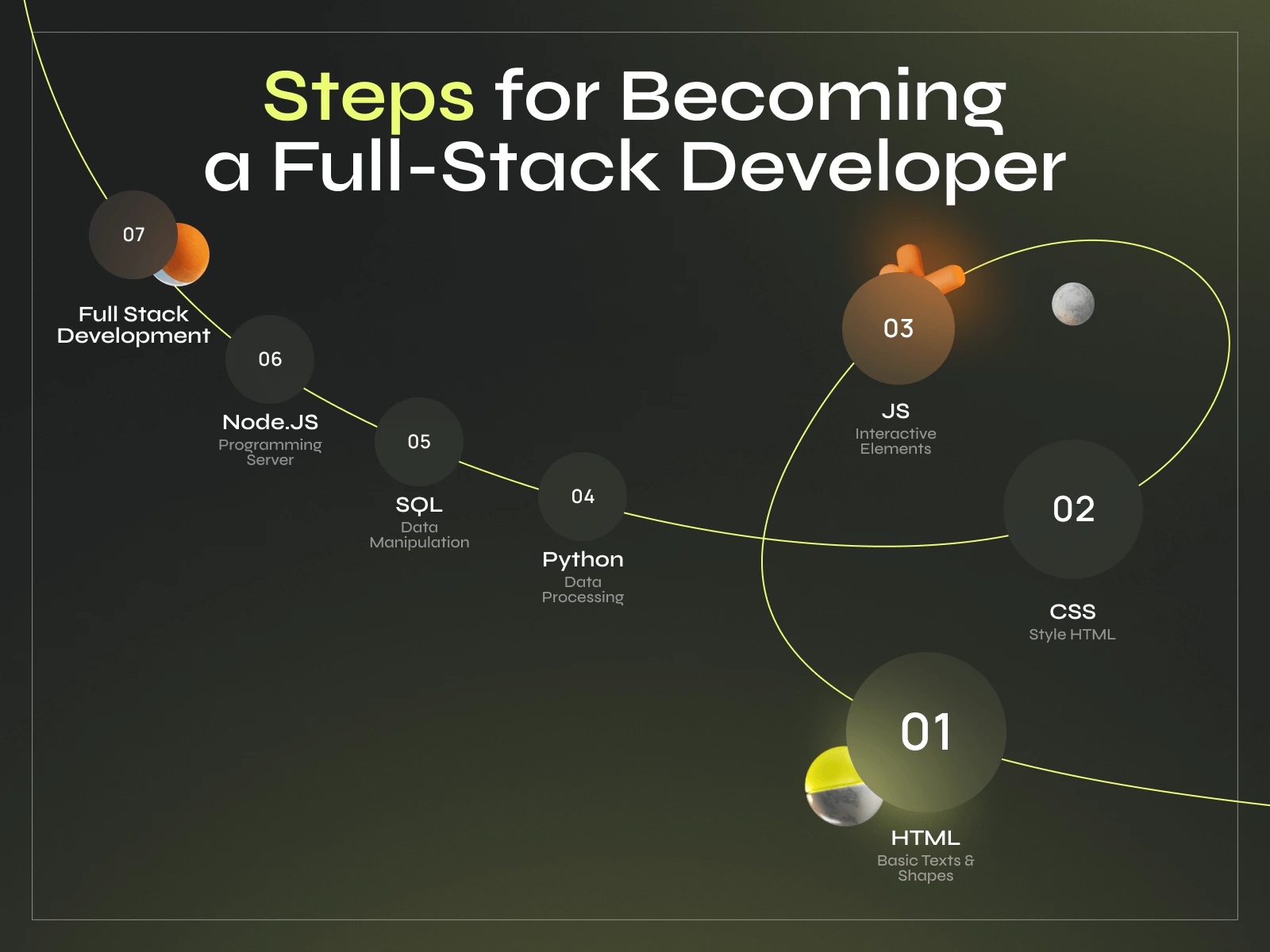
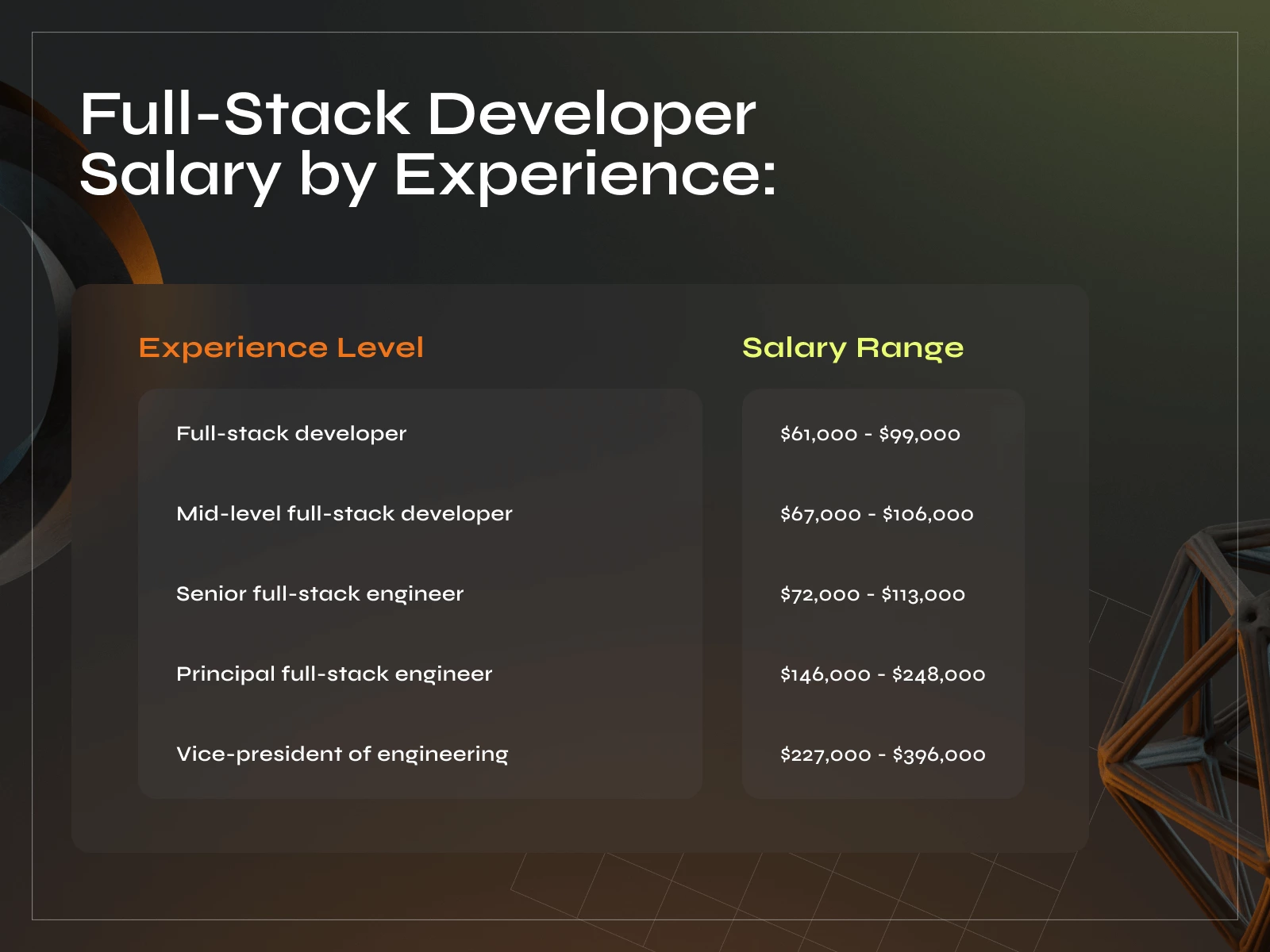
Full-Stack Development: Final Words
Hopefully, this article helped you understand more about what a full-stack developer does. If you want to learn more about software development or have already decided to hire a team, Phenomenon Studio is an experienced full-cycle design and development studio with a diverse portfolio and skilled experts. Contact us to begin a lucrative and fruitful collaboration that will transform your dream into a reality.
FAQs
Can a full-stack developer work on mobile apps?
Yes, a full-stack developer can work on mobile apps, especially with frameworks like React Native or Flutter that allow cross-platform development.
Is it better to specialize in front-end or back-end before going full-stack?
Specializing in either front-end or back-end before transitioning to full-stack depends on individual career goals and preferences; some find gaining expertise in one area beneficial before expanding their skill set.
What are the best communities and forums for full-stack developers?
Some of the best communities and forums for full-stack developers include Stack Overflow, GitHub, Reddit’s r/webdev and r/learnprogramming, and forums specific to technologies like Dev.to and Hashnode.










